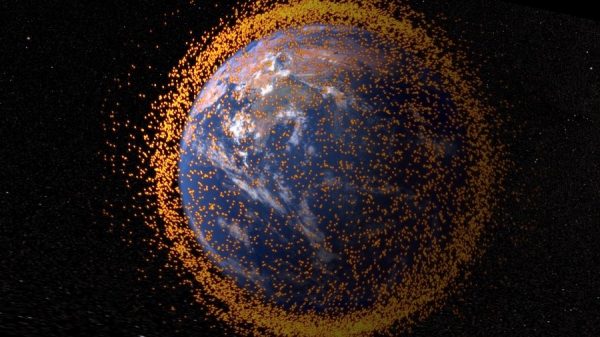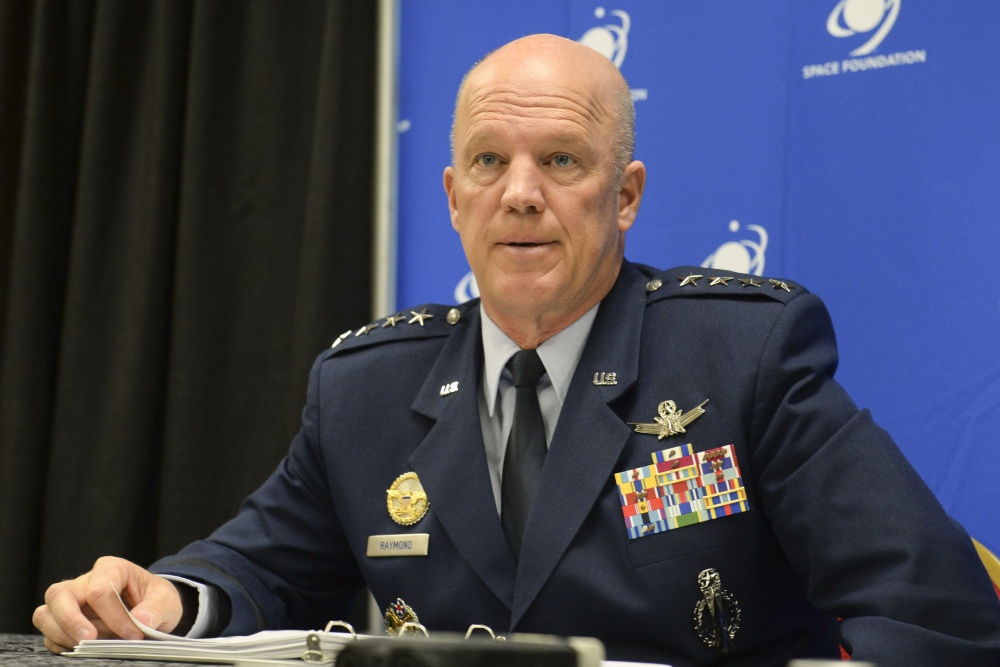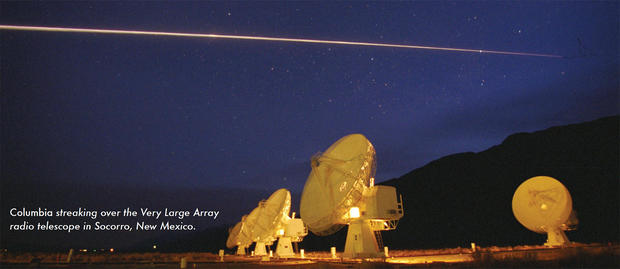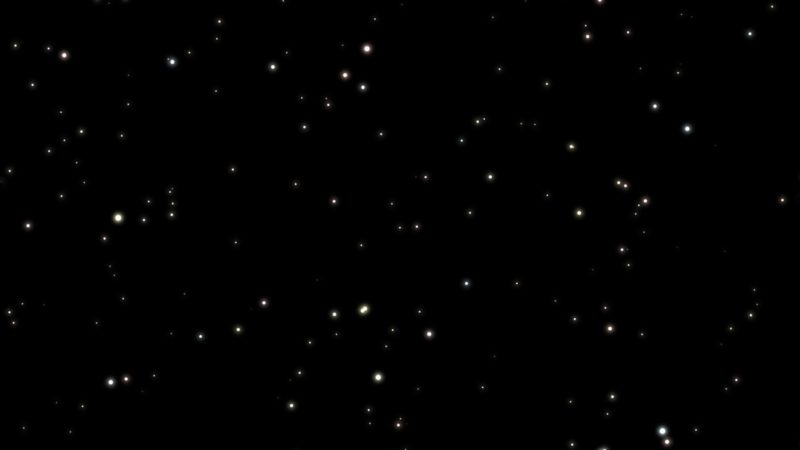US officials condemn Russian anti-satellite test – Spaceflight Now

The U.S. military’s chief of space operations rebuked a test of a Russian anti-satellite missile Wednesday, although the test did not apparently target and destroy a spacecraft in orbit.
In a statement, U.S. Space Command said it was aware of a test Wednesday of a Russian direct-ascent anti-satellite missile, or DA-ASAT, system.
“Russia’s DA-ASAT test provides yet another example that the threats to U.S. and allied space systems are real, serious and growing,” said Gen. John Raymond, commander of U.S. Space Command and the U.S. Space Force Chief of Space Operations. “The United States is ready and committed to deterring aggression and defending the nation, our allies, and U.S. interests from hostile acts in space.”
Wednesday’s test apparently used Russia’s new Nudol anti-satellite system based at the Plesetsk Cosmodrome in the northern part of the country. It was the 10th test of the Nudol system since 2014.
“This Russian system is designed to destroy satellites,” said Lt. Col. Christina Hoggatt, a U.S. Space Command spokesperson.
In a response to questions from Spaceflight Now, Hoggatt said the Russian anti-satellite test is “an example of the threats we face and highlights that space is a warfighting domain.”
Hoggatt said U.S. Space Command is not currently tracking any debris from the test, suggesting the missile likely did not intercept and destroy an object in orbit.
“This test is further proof of Russia’s hypocritical advocacy of outer space arms control proposals designed to restrict the capabilities of the United States while clearly having no intention of halting their counterspace weapons programs,” Gen. Raymond said. “Space is critical to all nations and our way of life. The demands on space systems continue in this time of crisis where global logistics, transportation and communication are key to defeating the COVID-19 pandemic.”
“It is a shared interest and responsibility of all spacefaring nations to create safe, stable and operationally sustainable conditions for space activities, including commercial, civil and national security activities,” Raymond said.
The anti-satellite weapon test occurred Wednesday amid concerns about the proliferation of military systems in space.
“Both China and Russia continue to build and modernize their space capabilities,” Raymond said in a Feb. 27 hearing with the House Armed Services Committee. “They’re building capabilities for their own benefit, while also building capabilities to deny us the military and economic advantages that the United States and its allies have enjoyed for decades, an advantage that is eroding.”

Analysts from the non-profit Secure World Foundation wrote earlier this month that evidence suggests the Russian Nudol system is being developed for the “direct purpose of direct-ascent ASAT operations.”
“There is strong evidence that Russia has embarked on a set of programs over the last decade to regain many of its Cold War-era counterspace capabilities,” the Secure World Foundation said in an assessment of global counterspace capabilities released earlier this month.
“Russia is almost certainly capable of some limited DA-ASAT operations, but likely not yet on a sufficient scale or at sufficient altitude to pose a critical threat to U.S. space assets,” the Secure World Foundation said. “While Russia is actively testing what appears to be a new DA-ASAT capability, it is not yet operational and does not appear to have the capability to threaten targets beyond LEO (Low Earth Orbit).”
Brian Weeden, director of program planning and technical advisor for the Secure World Foundation, tweeted Wednesday that none of the Nudol tests has actually targeted a satellite.
“So far none of these tests have (thankfully) been against an orbital target, but who knows when a future one will be and whether it will create a lot more space debris,” Weeden tweeted.
“This was about the 10th flight test of this missile and as far as we can tell, it’s never actually targeted anything,” tweeted Victoria Samson, head of the Secure World Foundation’s Washington office. “So its actual efficacy against sats in LEO is TBD.”
China was widely criticized when it demonstrated a direct-ascent anti-satellite weapon in 2007, when it launched a missile to intercept a defunct Chinese weather satellite. The kinetic impact created thousands of debris fragments, including nearly 3,400 large enough to be tracked. Half of the debris objects could still be in orbit 20 years after the test, according to orbital debris experts at NASA.
India tested an anti-satellite missile in March 2019, successfully impacting a small Indian satellite in orbit and generating several hundred debris fragments, according to U.S. government officials. The Indian test occurred at a lower altitude, and most of the debris was expected to naturally re-enter the atmosphere.
The United States has twice destroyed a satellite in low Earth orbit with an anti-satellite missile. The U.S. Air Force tested an air-launched anti-satellite weapon in 1985 and hit a U.S. military research satellite.
The U.S. Navy launched a ship-based missile in 2008 to destroy an out-of-control National Reconnaissance Office spy satellite, a decision U.S. officials said was intended to ensure the spacecraft would not pose a public safety threat during re-entry.
Email the author.
Follow Stephen Clark on Twitter: @StephenClark1.






